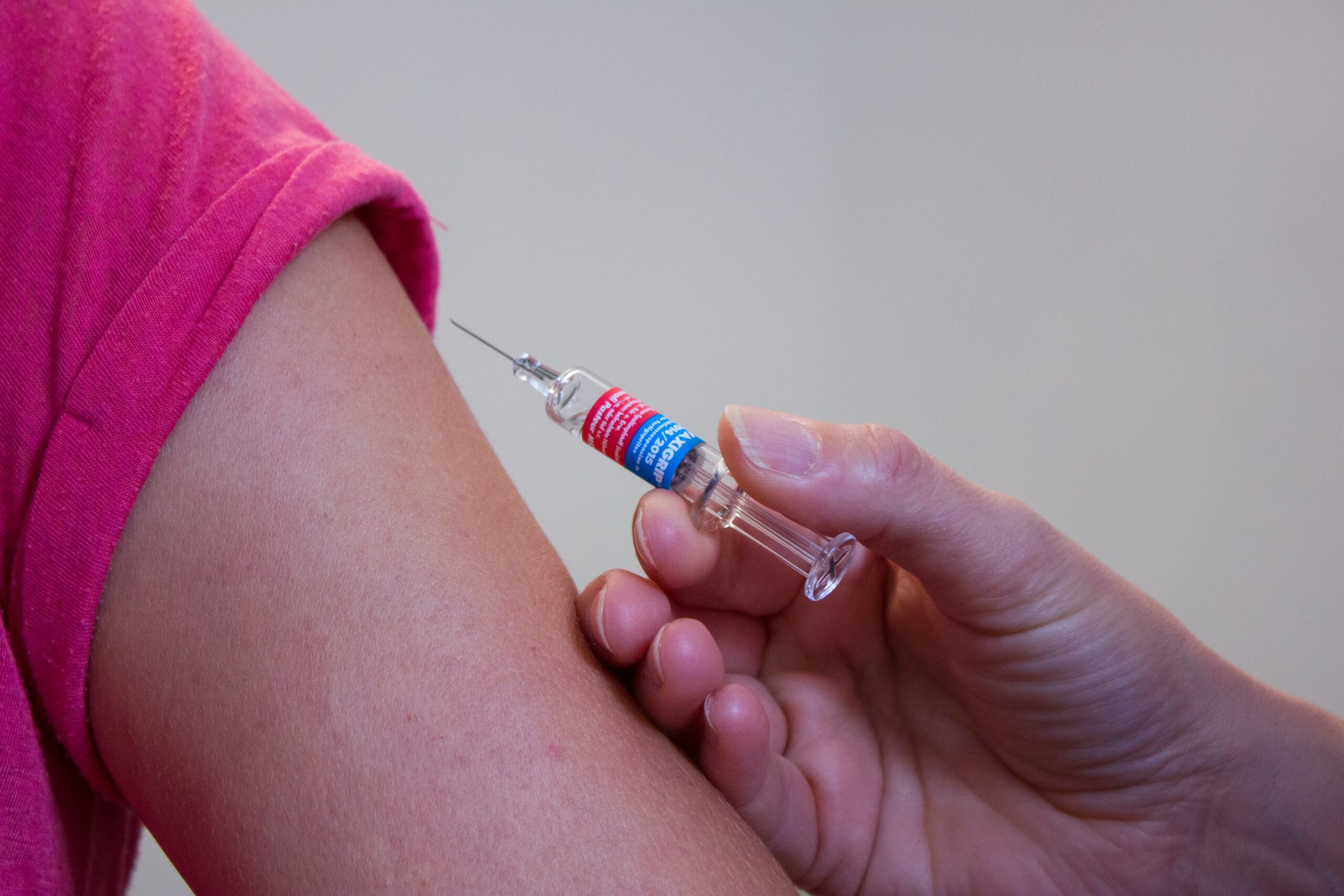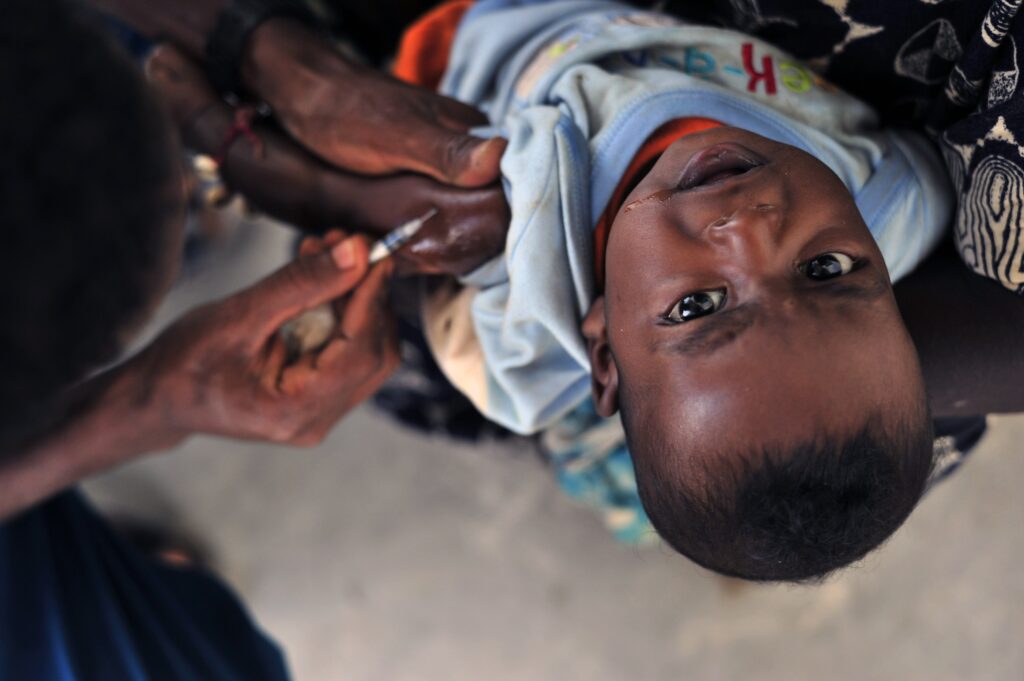Infectious diseases have caused the death of millions of people since ancient times. Smallpox, for example, likely killed an Egyptian pharaoh back in the year 1157 BCE. Back then, there wasn’t much you could do to avoid catching smallpox, or any other infectious disease, except run away as far and fast as you could from anyone with a cough.
Today, we don’t need to worry too much about infectious disease. For the most serious ones, we have vaccinations, most of which are freely available.
Vaccines have helped drastically reduce infections from diseases like measles, polio, diphtheria and tetanus, just to mention a few. According to the World Health Organization, more than 2.5 million deaths are prevented each year thanks to vaccines. That’s five lives every minute.
But, despite all this, some people still fear vaccines. In fact, some worry more about vaccines than the diseases themselves, says Katie Attwell, Senior Lecturer in Politics in the School of Social Science at UWA and an Honorary Fellow of the Wesfarmers Centre of Vaccines and Infectious Diseases at the Telethon Kids Institute in Perth, who recently published two studies on this issue.
This fear has been linked to different factors, such as misinformation or an aversion towards Western medicine or a desire to live a more natural lifestyle.
But there is a bit more to it.
A way to fit in
In one study published recently, Katie interviewed parents from two areas in Australian with low vaccination rates: Fremantle in WA and specific postcodes in Adelaide. Parents in these two locations were refusing or delaying recommended vaccines for their children, and Katie wanted to know why.
After going through the answers from the interviews, Katie found some interesting results. For example, some parents actually were vaccinating their children but remained quiet about it for fear of rejection within their communities.
While this sounds a bit like peer pressure at play, Katie explains that is a bit more complicated than that.
“All of us are influenced by the people around us, especially when we identify with their beliefs and values. People are making the decisions that feel right to them, but what feels right (or wrong) is being influenced by that peer group,”
“I think peer pressure is part of this story, but I wouldn’t want to use the term in a way that somehow suggests that people are being bullied or coerced to follow the norm,” she says.
“All of us are influenced by the people around us, especially when we identify with their beliefs and values. People are making the decisions that feel right to them, but what feels right (or wrong) is being influenced by that peer group,” she adds.
So for these parents, it is a case of trying to fit into a place where others don’t share their same beliefs.
Some of the parents saw vaccination refusal as a way of being accepted within their social group, Katie explains. Others thought that they were raising healthy enough children who didn’t need vaccinations.
But this is not the right way to think about it. Kids today are healthy because of vaccines, not “just because”.
“Even extremely healthy children with excellent diets, plenty of exercise and strong bodies can be ravaged by vaccine-preventable diseases. The absence of these diseases from developed world settings is due to vaccines,” Katie says.
Alternative medicines
In a second study, Katie asked whether there was a link between vaccine refusal and the use of complementary and alternative medicine (CAM).
Previous studies have found a link between CAM and vaccine refusal. However, this is the first study to explore in detail the reasons behind this link, and it’s the first study to address this issue in Australia.
The study used answers from the same parents from the Fremantle and Adelaide study. Katie questioned the parents about the use of CAM approaches and whether there was a correlation between the two.
Katie’s key finding was that there was definitely a link, but it was not as simple as saying CAM use causes vaccine refusal.
It’s more about feeling well informed (even if you’re not!).
“If you refuse or reject vaccines, you are possibly likely to want to find another way to protect your children, and that can include CAM. It can also mean that, if you are using CAM, the things that your providers or friends who also use CAM say make you think that this approach is going to protect your children and that you don’t need to vaccinate them,” says Katie.
“We also found that these parents weren’t just going to a CAM provider and let them fix the problem. They would get their advice, then go home, talk to their friends or try cooking things up. They had a lot of confidence on what they were doing, so they can go and say, ‘I know what I’m doing, I can fix this, I have the skills’,” adds Katie.

Another issue affecting vaccination rates are CAM practitioners’ views on vaccination. In a separate study, researchers from New Zealand found some very different opinions among healthcare providers regarding the safety of childhood vaccinations. Medical doctors and pharmacists expressed high confidence in vaccines. However, midwives showed confidence levels of 65.1%, while only 13.6% of CAM practitioners expressed confidence in vaccines.
“Practitioners of alternative medicine showed a significantly lower level of vaccine confidence compared to all other classes of health professionals, as well as the general New Zealand public. The relatively lower level of confidence among midwives is also a concerning finding, as they are chosen by most New Zealand women to be their lead maternity carer,” says Carol Lee, a PhD student from the University of Auckland who led the study.
The take-home message is that you should inform yourself and look beyond what your friend or CAM practitioner thinks when it comes to vaccinations.
Deciding not to immunise yourself or your children doesn’t just affect you or your child but also those around you. If you’re still hesitant on vaccines, inform yourself with scientific facts about vaccines, understand the science and make a decision based on the evidence.
Vaccines are no marketing scheme. They work. They protect you from infectious diseases. They save lives. You can check it out for yourself.
Like all medicines, they’re not perfect and they can come with some side effects, but the risk is very small compared to the benefits.
So the next time you hear your neighbours discussing vaccinations, just take a moment to think about whether you’d like to live in a world where smallpox is still running rampant.











